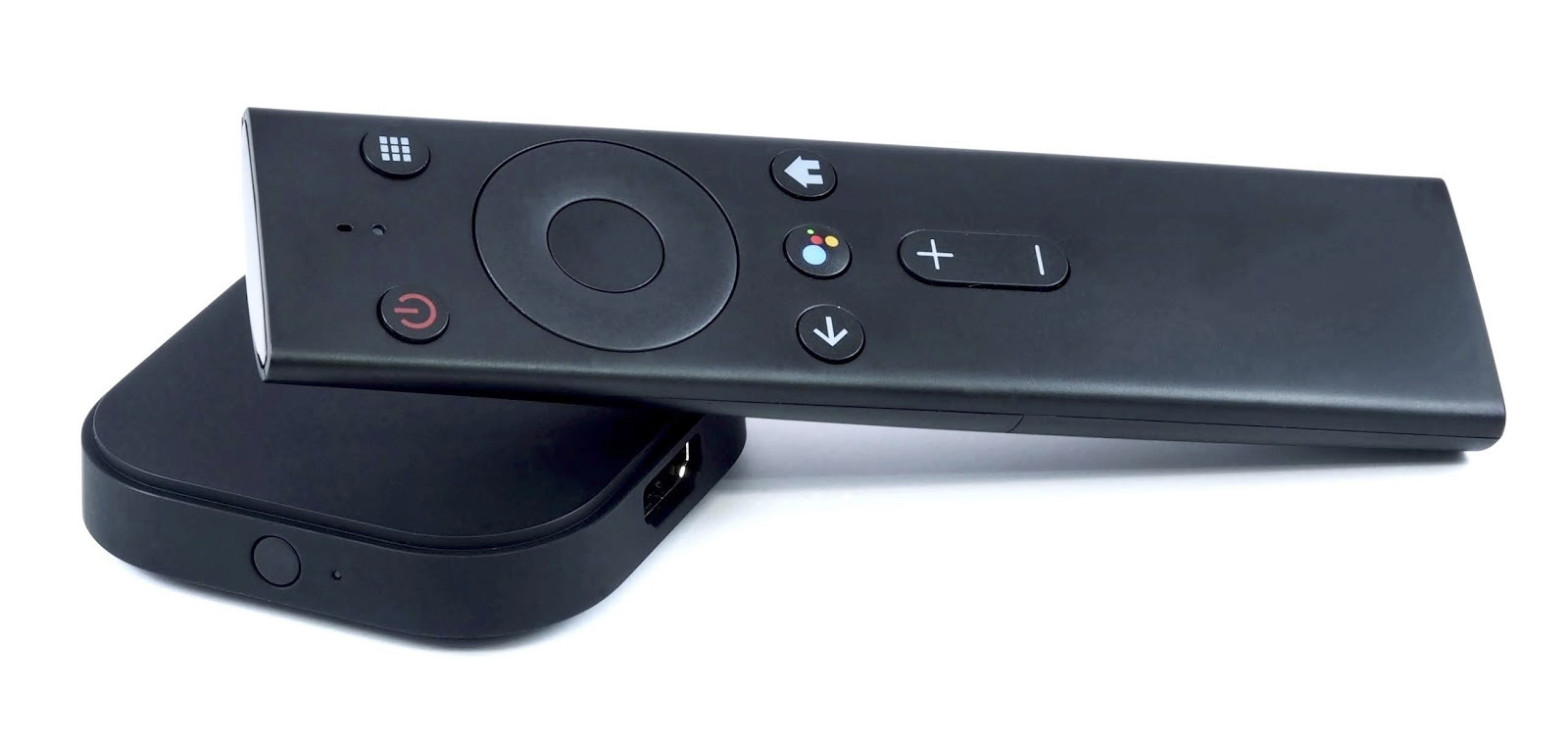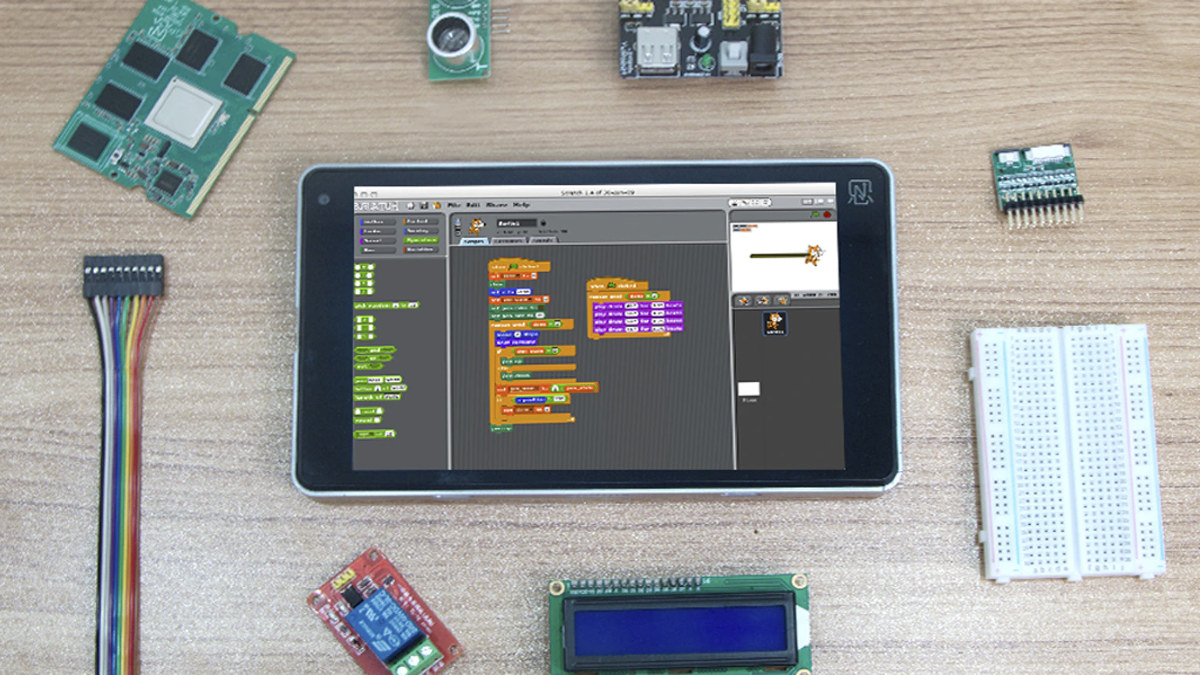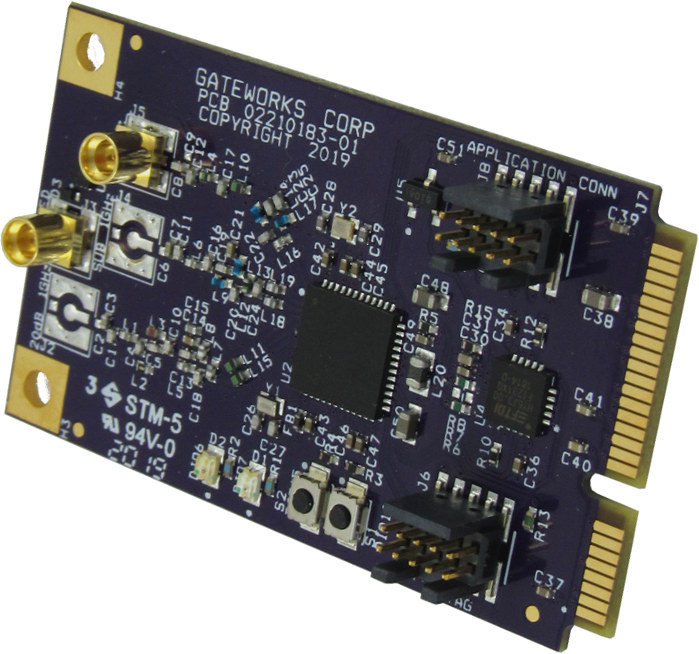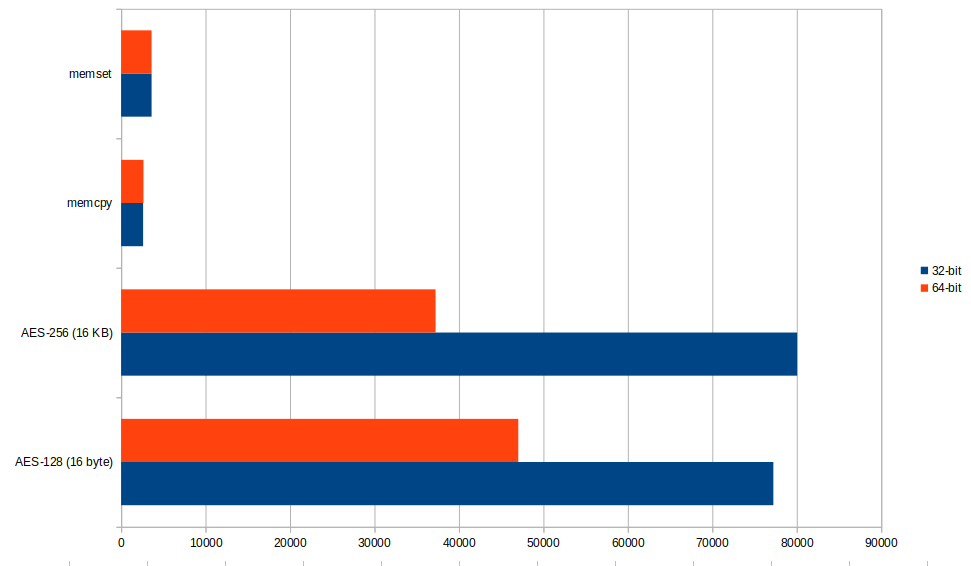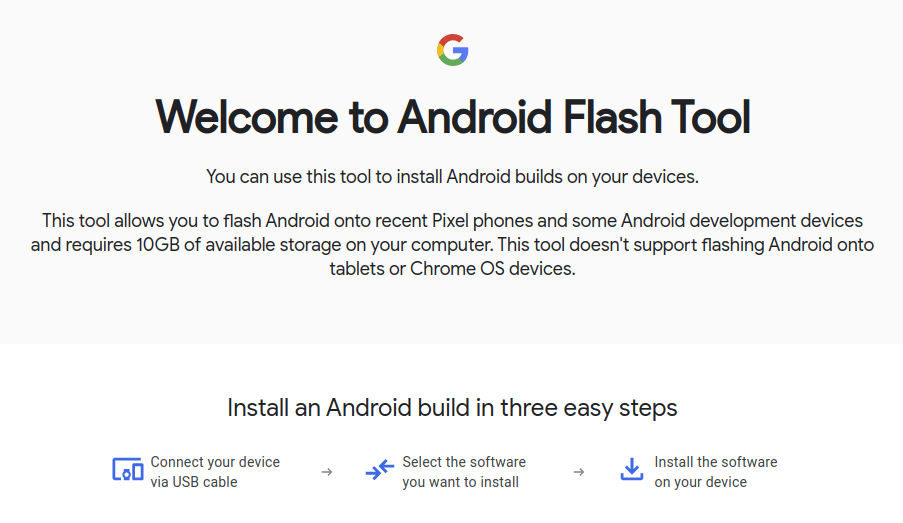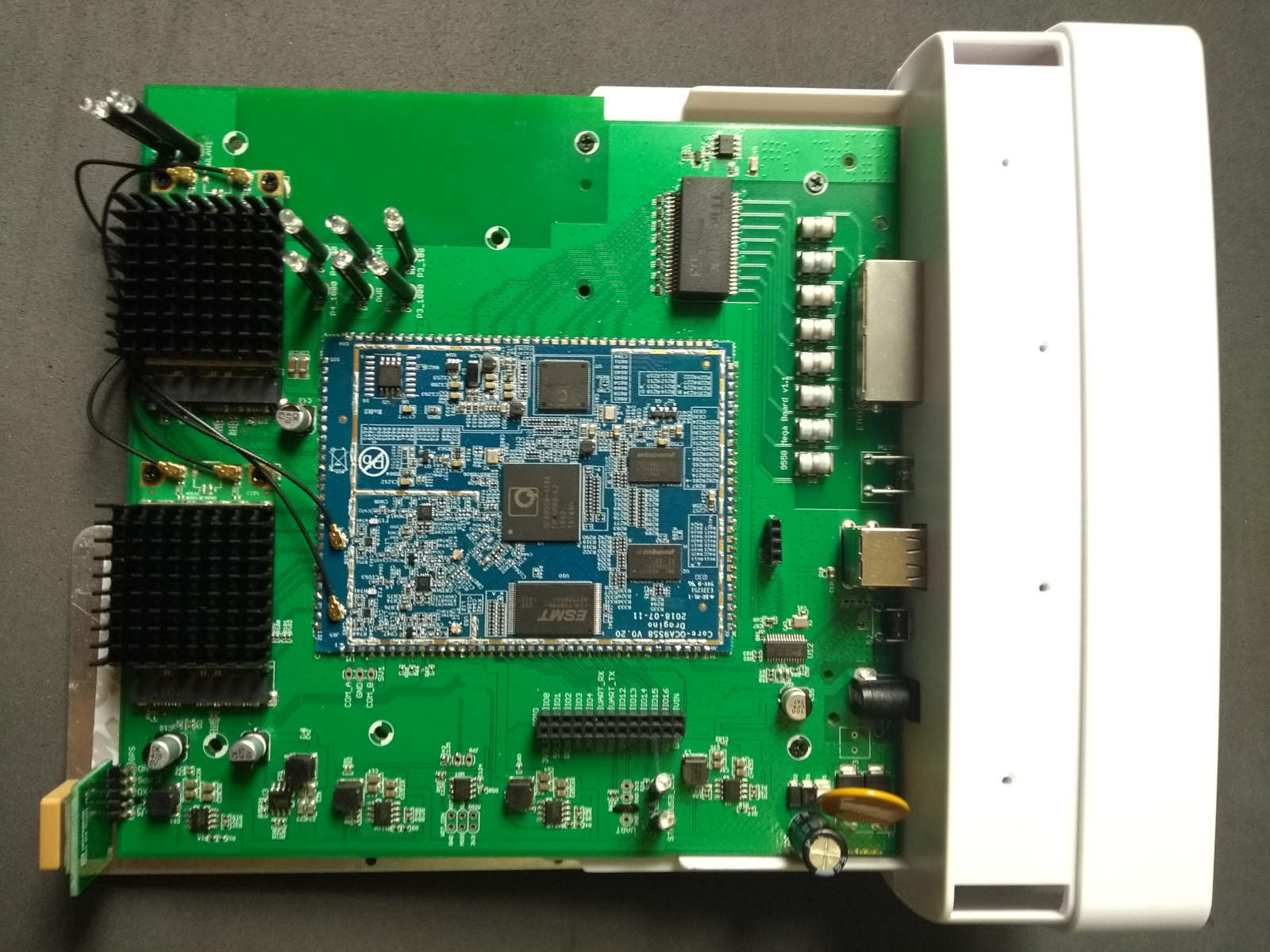Many products are launched via crowdfunding campaigns, and in theory, both the business and end-users benefit from the opportunity. It helps companies evaluate the demand before committing to large expenses, and reduce their financial risk, while end-users pledging in a crowdfunding campaign will be the first-ever to get the product, and often at a significant discount compared to the eventual retail price. But the flip-side is that they are risks for backers, they did not just buy a product online, but bet on the developers to deliver the products. Sometimes the project fails due to incompetence, unexpected challenges, or even fraudulent behavior from the developers. I remember one project where one of the developers just decided to buy a house with the funds raised instead of developing the promised 3D printer. I was reminded of this important point by email this morning, as I covered TAIHE Gemini 15.6″ full HD […]
Google ADT-3 Developer Kit is Now Available for Purchase for $79
Google released Android TV on Android 10 last month while announcing the Google ADT-3 developer kit to help developers make sure their TV apps are ready for the latest version of the operating system. The developer kit, that’s basically a TV box, was not available at the time, and we had limited information, but Google ADT-3 can now be purchased for $79 on Askey, an ASUS Computers subsidiary. We also know the full specifications for Google ADT-3: SoC – Amlogic S905Y2 quad-core Arm Cortex-A53 processor @ 1.8 GHz with an Arm Mali-G31 MP2 GPU System Memory – 2GB RAM Storage – 8GB eMMC flash Video Output – HDMI 2.1 port up to 4K Ultra HD resolution @ 60 Hz Connectivity – 802.11ac (2.4GHz / 5GHz) 2T2R WiFi 5 and Bluetooth 4.2 classic+LE USB – 1x Micro USB port Misc – Bluetooth Pairing / Recovery Button, red/green status indicator Power Supply […]
Ntablet Android & Linux Tablet Features a Replaceable RK3288 CPU Module, GPIO Board
Most tablets on the market either run Android or Windows, and while some have tried to launch Linux tablets, none of the products have really caught on, although the upcoming PINETAB might change that. Another option might be Ntablet 7″ tablet that runs either Android, Debian or WebOS Linux operating systems, but also offers some innovative features such as a replaceable Rockchip RK3288 CPU module, and an external GPIO board for makers. Ntablet hardware specifications: SoC – Rockchip RK3288 quad-core Cortex-A17 processor @ 1.8 GHz with Mali-T760 quad-core GPU System Memory – 2GB LPDDR3 Storage – 16GB eMMC flash, MicroSD card slot up to 32GB Display – 7″ touchscreen IPS display with 1920×1200 resolution Video Output – Micro HDMI port Audio – 3.5mm headphone jack Camera – 5MP front-facing camera (OV5648 sensor) Connectivity – 802.11b/g/n/ac WiFi 5 and Bluetooth 4.0 via Ampak AP6255 module USB – 1x USB 2.0 port, […]
Semtech LoRa Asset Tracking Reference Kit Includes one LoRaWAN Gateway, Six Waterproof GPS Trackers
The Things Conference is taking place now until January 31, so we should expect a few LoRaWAN announcements, and yesterday we covered Semtech LLCC68 LoRa transceiver for smart home applications, but the company also introduced a LoRa asset tracking reference kit to ease the deployment and evaluation of LoRa based tracking solutions. The kit is comprised of one LoRaWAN gateway, and six waterproof trackers with GPS and LoRa connectivity which everything supposed to work out of the box. The gateway, as shown above, comes with LoRa, cellular and GPS antennas, as well as a PoE power supply. It ships with a pre-configured SIM card to connect to the cloud platform over 3G/4G. Six industrial LoRaWAN-based GPS trackers are also included with the kit. Each comes with a battery but the trackers need to be activated by the user. Interestingly they are not using a button to turn on and off […]
Gateworks GW16122 IoT mPCIe Card Comes with Long Range Sub-GHz and 2.4GHz Radios
Gateworks GW16122 is a mini PCIe card that adds sub-GHz and 2.4GHz radio to the company line of Ventana and Newport Linux SBC’s, and is meant for industrial IoT (IIoT) applications as an alternative to LoRa and Sigfox. The second generation of the card is based on Texas instruments CC1352P dual-band wireless SoC that supports Wireless M-Bus, IEEE 802.15.4g, 6LoWPAN, KNX RF, and Wi-SUN at sub-GHz frequencies (EU: 868MHz, US: 915MHz), and Bluetooth 5 Low Energy, Thread, and Zigbee at 2.4 GHz. Gateworks GW16122 key features and specifications: MCU – Texas Instruments CC1352P Arm Cortex-M4F MCU @ 48 MHz with 352KB flash, 80KB SRAM, dual-band wireless radio transmitter/receiver Radios Sub-1 GHz Radio 868MHz EU, 915 MHz US (default) Low Power, sensor nodes can run on a coin-cell battery -121dBm Receive Sensitivity for long-range communication 20dBm Output Power Texas Instruments TI-RTOS and TI-15.4 Stack M-Bus, IEEE802.15.4g, Contiki 6LoWPAN, Wi-SUN, KNX RF […]
Raspberry Pi 4 Benchmarked with 32-bit and 64-bit Debian OS
The first Raspberry Pi board with a 64-bit Arm processor was Raspberry Pi 3 Model B, and all new models including the latest Raspberry Pi 4 come with four Arm Cortex-A 64-bit cores. But in order to keep backward software compatibility with the original Raspberry Pi and Raspberry Pi 2, the Raspberry Pi foundation decided to keep provided 32-bit OS image, so nearly everybody is now running a 32-bit OS on 64-bit hardware, and Eben Upton famously claimed it did not matter. We already wrote that 64-bit Arm (Aarch64) boosted performance by 15 to 30% against 32-bit Arm (Aarch32) several years ago, but Matteo Croce decided to try it out himself on Raspberry Pi 4 board first running benchmarks on Raspbian 32-bit before switching to a lightweight version of Debian compiled as aarch64. Dhrystones is much faster with the 64-bit OS, namely 50% faster, but as a synthetic benchmark, its […]
Google Android Flash Tool Allows You to Flash AOSP From a Web Browser
The Android Open Source Project (AOSP) and projects derived from it usually requires flashing the firmware from the command line. It works for developers for it may not be that convenient for end-users. Google Android Flash Tool aims to simplify everything by allowing people to flash AOSP from a web browser. Bear in mind there are currently some limitations. First, you need to have a web browser that supports WebUSB and right now it includes Chrome, Edge (driver required), and Opera. If you use Firefox, for instance, you’ll be asked to download Chrome. The tool does not work to flash Android into tablets or Chrome OS devices, and currently only works on recent Pixel phones (Pixel 2 or newer), and Hikey development boards. But if you have either of those you could enter the tool page, connect the phone or board to your computer via a USB cable, select the […]
LibreRouter is an Open-Source Hardware Router for Community Networks
Battlemesh (aka the Wireless Battle of the Mesh) is an event that aims at bringing together people from across the world to test the performance of different routing protocols for ad-hoc networks. While BattleMesh v12 took place in Paris in July 2019, I’ve just been informed that presentation videos were now out. There are talks about OpenWrt, mesh networks, and communities, but one talk brought a project I had not looked into details yet. Originated from Argentina, LibreRouter is described as an open-source hardware router designed for community networks that are organized by a group of people such as neighbors in order to share local and other content without a profit motive. LibreRouter LR1 specifications: SoC – Qualcomm Atheros QCA9558 MIPS processor @ 750 MHz System Memory – 128 MB DDR RAM Storage – 16 MB Flash MCU – Microchip ATTiny13 8-bitAVR MCU used as hardware watchdog to handle failed […]



